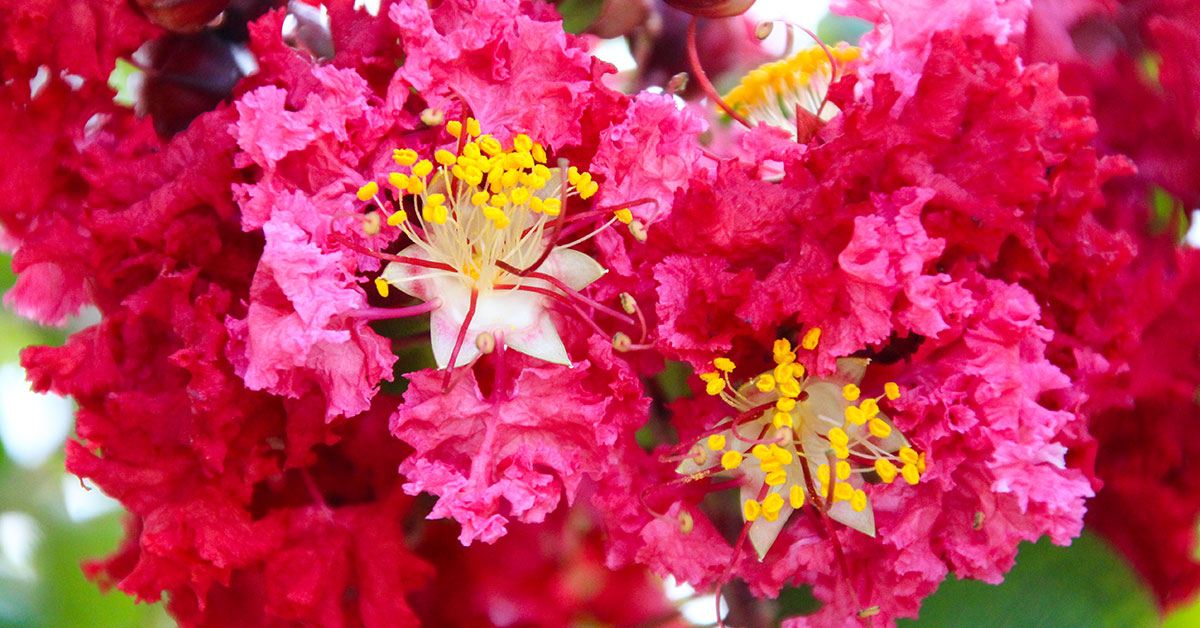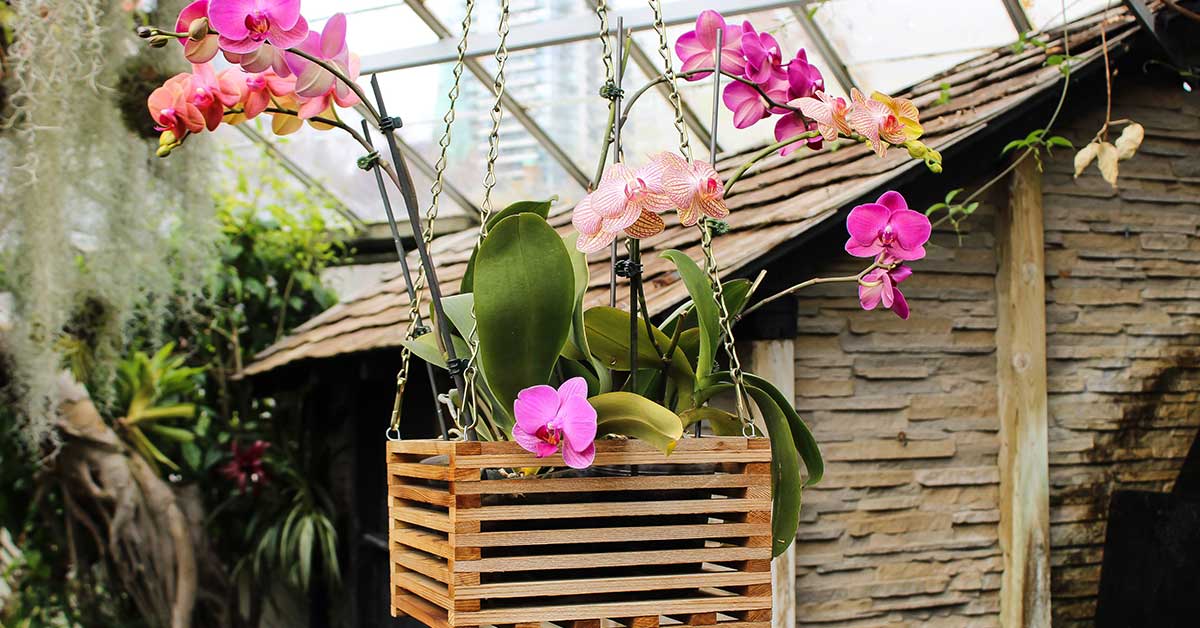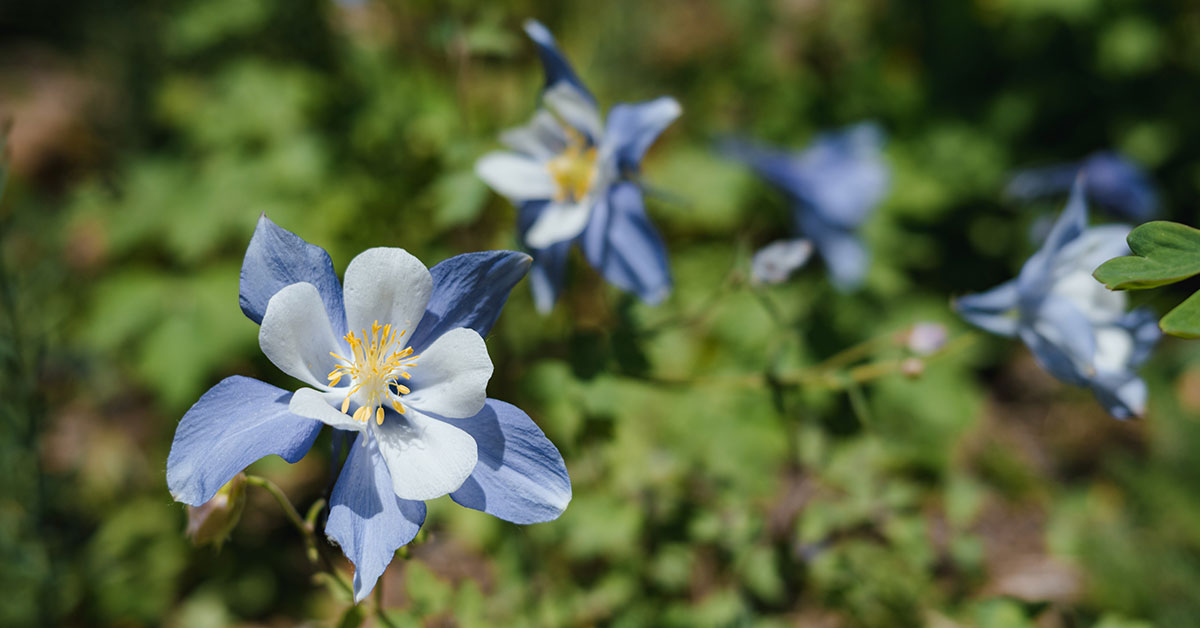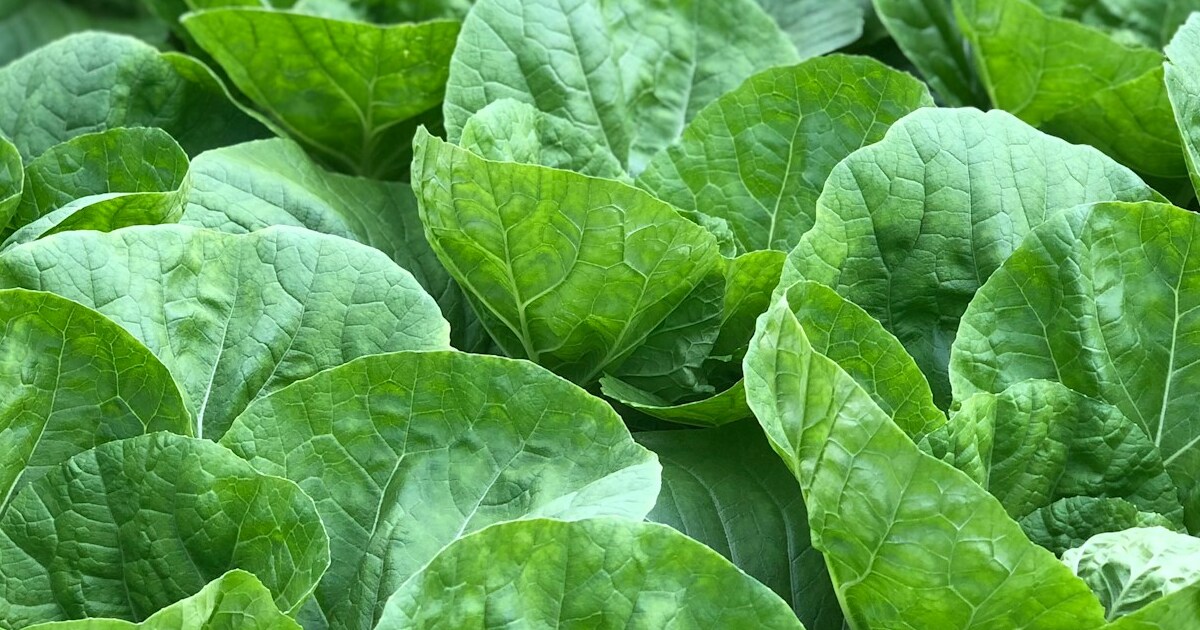Crepe myrtle, with its vibrant blooms and graceful branches, is a popular choice for adding beauty and color to gardens and landscapes. However, one pesky problem that crepe myrtle owners often encounter is aphids. These tiny insects can quickly infest crepe myrtle trees, causing damage to the leaves, buds, and stems. Dealing with aphids can be frustrating, but with the right approach, it is possible to get rid of them and protect your beloved crepe myrtle. In this article, we will explore various methods and strategies to effectively eliminate aphids fon a crepe myrtle, allowing your tree to thrive and flourish once again.
From natural remedies to chemical solutions, we will provide you with a comprehensive guide to combat these troublesome pests and restore the health and beauty of your crepe myrtle.
How to get rid of aphids on crepe myrtle
To get rid of aphids on crepe myrtle, you can follow these steps:
- Identify the aphids: Aphids are small, soft-bodied insects that come in various colors such as green, black, or brown. They tend to cluster on new growth and the undersides of leaves.
- Physical removal: Use a strong stream of water, such as from a garden hose, to physically dislodge the aphids from the crepe myrtle plant. This method works best when the infestation is not severe.
- Pruning: If the aphid infestation is concentrated on specific branches or shoots, you can prune those affected parts and dispose of them away from the plant.
- Natural predators: Encourage natural predators of aphids, such as ladybugs, lacewings, and parasitic wasps, to help control the aphid population. You can do this by planting flowers like daisies, marigolds, and yarrow, which attract beneficial insects.
- Insecticidal soap: Use an insecticidal soap specifically labeled for use on aphids. Follow the instructions on the product and spray it directly on the affected areas of the crepe myrtle. Make sure to cover both the upper and lower leaf surfaces.
- Neem oil: Neem oil is an organic insecticide that can be effective against aphids. Dilute the neem oil according to the instructions on the product label and apply it to the crepe myrtle, focusing on the affected areas.
- Systemic insecticides: If other methods have not been successful, you may consider using a systemic insecticide. These insecticides are absorbed by the plant and kill aphids when they feed on the treated foliage. However, use systemic insecticides with caution and follow the instructions carefully.
Remember to monitor your crepe myrtle regularly to catch any aphid infestations early and take appropriate action.
Why get rid of aphids on a crepe myrtle?
There are several reasons why it’s important to know how to get rid of aphids on crepe myrtle:
- Protect the Health of the Plant: Aphids are small insects that feed on the sap of plants, including crepe myrtle. Their feeding can weaken the plant and stunt its growth. By getting rid of aphids, you can help ensure the health and vitality of your crepe myrtle.
- Preserve the Aesthetic Appeal: Crepe myrtles are prized for their beautiful flowers and attractive foliage. However, when aphids infest the plant, they can cause damage, such as curling leaves, discolored foliage, and a sticky residue called honeydew. Removing aphids can help preserve the visual appeal of your crepe myrtle.
- Prevent the Spread of Diseases: Aphids are known to transmit certain plant diseases. By eliminating aphids from your crepe myrtle, you reduce the risk of these diseases spreading to other plants in your garden.
- Maintain a Balanced Ecosystem: Aphids are part of the natural food chain, serving as a food source for beneficial insects like ladybugs and lacewings. However, when aphid populations become too high, it can disrupt the balance of your garden ecosystem. Learning to control aphids on your crepe myrtle allows you to strike a balance between maintaining a healthy plant and supporting beneficial insects.
Overall, knowing how to get rid of aphids on crepe myrtle is essential for the plant’s health, appearance, disease prevention, and maintaining a balanced ecosystem in your garden.
Problems with getting rid of aphids on a crepe myrtle
There are a few potential problems that may arise when trying to get rid of aphids on crepe myrtle:
- Ineffective treatment: Certain methods or insecticides may not effectively eliminate aphids on crepe myrtle. It’s important to choose the right treatment option that specifically targets aphids while being safe for the plant.
- Harm to beneficial insects: Some insecticides used to control aphids can also harm beneficial insects like ladybugs or lacewings, which are natural predators of aphids. This can disrupt the natural balance in your garden and lead to further pest problems in the long run.
- Resistant aphids: Over time, aphids can develop resistance to certain insecticides or treatment methods. If you consistently use the same treatment without success, it may indicate that the aphids have become resistant.
- Damage to the crepe myrtle: Improper use of insecticides or excessive spraying can harm the crepe myrtle tree itself. It’s essential to follow the instructions on the product label and avoid over-application.
- Re-infestation: Even if you successfully eliminate aphids from your crepe myrtle, they can easily be reintroduced from neighboring plants or through wind dispersal. Regular monitoring and preventive measures may be required to prevent re-infestation.
To address these potential problems, it’s advisable to consult with a local garden expert or extension service to determine the most suitable and effective methods for controlling aphids on crepe myrtle in your specific region.
Other considerations
When considering how to get rid of aphids on crepe myrtle, there are a few additional factors to consider:
- Timing: It’s important to identify the right time to treat aphids on crepe myrtle. Early detection and intervention can help prevent the infestation from spreading and causing significant damage to the plant.
- Integrated Pest Management (IPM): Instead of relying solely on chemical pesticides, consider implementing an IPM approach. This involves using a combination of methods, such as physical removal, biological controls (e.g., introducing natural predators), and targeted pesticide application if necessary.
- Natural remedies: Some natural remedies can help control aphids on crepe myrtle. For example, you can use a strong jet of water to dislodge the aphids from the plant or spray a mixture of water and dish soap, neem oil, or insecticidal soap directly on the affected areas.
- Beneficial insects: Encouraging the presence of beneficial insects like ladybugs, lacewings, or parasitic wasps can help control aphid populations naturally. Planting nectar-rich flowers nearby can attract these beneficial insects to your garden.
- Pruning and maintenance: Regularly inspect your crepe myrtle for signs of aphids and prune any heavily infested branches or leaves. Additionally, maintaining the overall health of the plant by providing proper watering, fertilization, and sunlight can help prevent aphid infestations.
- Chemical pesticides: If non-chemical methods are not effective or the infestation is severe, you may need to resort to chemical pesticides. However, it’s important to carefully read and follow the instructions on the pesticide label, considering the potential impact on beneficial insects and the environment.
Remember, it’s always a good idea to consult with a local gardening expert or extension service for specific recommendations tailored to your region and the severity of the aphid infestation on your crepe myrtle.














